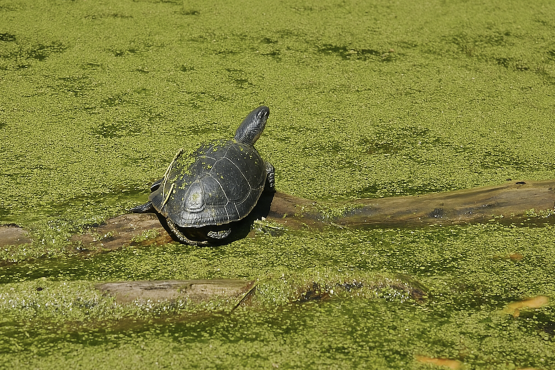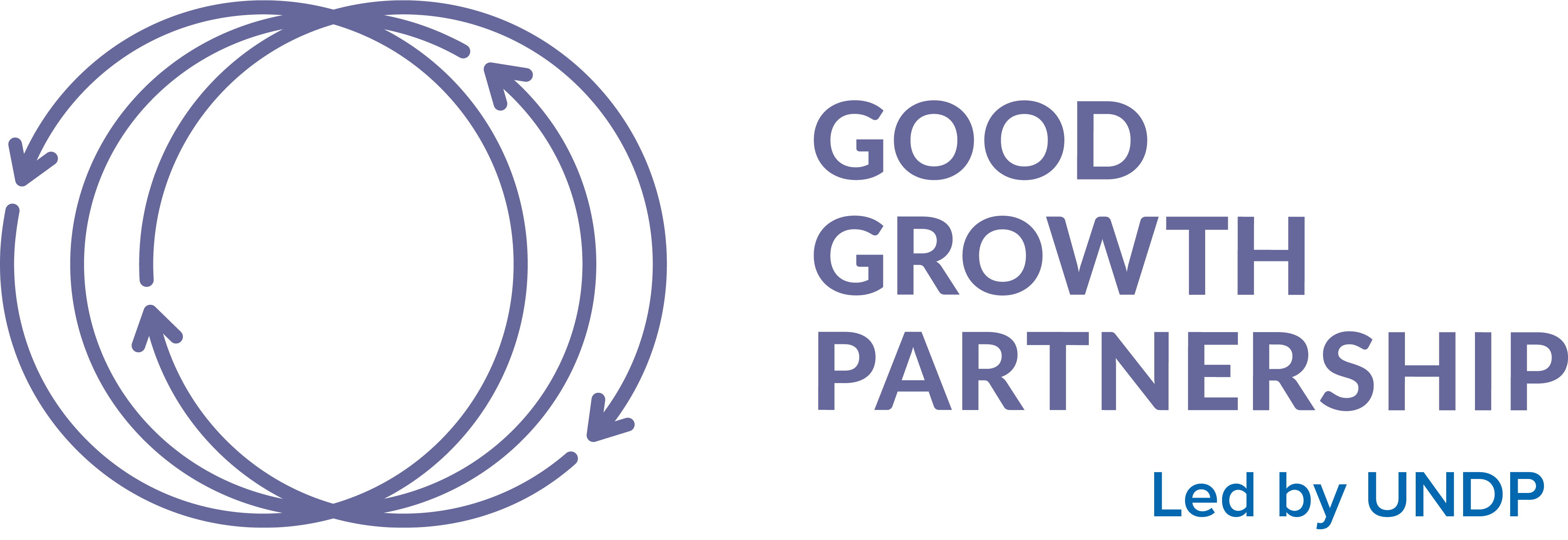Project Overview
Ukraine plays a vital role in global livestock production, with its northern regions serving as key production centers. However, intensive livestock farming in these areas has created significant environmental challenges, including land degradation, water pollution, and ecosystem disruption. This project transforms these challenges into opportunities by introducing sustainable practices that benefit both farmers and the environment.
Operating across seven northern Ukrainian regions – Volyn, Rivne, Zhytomyr, Kyiv, Khmelnytskyi, Vinnytsia, and Chernihiv – the initiative empowers farmers to adopt climate-friendly agricultural practices while simultaneously restoring degraded ecosystems and protecting biodiversity.
Commodity:
Livestock
Area Covered:
2,360,000 hectares
Executing Partner and GEF Implementing Agency:
United Nations Development Programme
Direct beneficiaries:
Over 9,000 individuals

Project features
This comprehensive initiative represents a multi-faceted approach to transforming agricultural practices while protecting critical ecosystems. At its foundation, the project recognizes that lasting environmental change requires deep engagement with all stakeholders – farmers, private sector partners, government agencies, and local communities. Through extensive outreach programs, participants discover the tangible economic and environmental benefits of sustainable agricultural practices, fostering behavioural changes that extend far beyond the project’s duration.
The initiative strengthens institutional capacity through three key pillars:
1. Developing robust legal frameworks for sustainable peatland use and livestock management;
2. providing modern monitoring equipment to national parks and reserves for enhanced ecosystem surveillance, and;
3. building technical support systems that ensure long-term sustainability.
Sandpiper (Tringa glareola) rests in Rivne Nature Reserve, Ukraine. Photo credit: Mykhailo Franchuk, 2025
Rivne Nature Reserve, Ukraine. Photo credit: Mykhailo Franchuk, 2025.
These institutional improvements create the foundation for lasting policy change and effective environmental protection. Rather than focusing on isolated farm-level interventions, the project takes a landscape-level approach to land management.
Comprehensive land inventories facilitate collaboration between existing baseline programmes and their managing institutions, ensuring that land management decisions consider broader environmental impacts. This strategy aligns economic incentives with environmental protection goals while ensuring government policies actively support farmers transitioning to sustainable practices.
The project’s integrated methodology addresses the unique challenges of different ecosystems through specialized interventions.
In wetland environments, the initiative develops cattle management practices that protect sensitive ecosystems while maintaining agricultural productivity. In forest-steppe regions, targeted interventions improve cattle management standards through evidence-based approaches.
Throughout all activities, cross-sector collaboration ensures that stakeholders work together toward common sustainability goals, creating a unified approach to environmental protection and agricultural development that benefits both local communities and the broader ecosystem.

A turtle in Nizhynskyi Regional Landscape Park, Ukraine. Photo credit: © Nizhynskyi Regional Landscape Park.
Key Solutions
Moorland clouded yellow butterfly (Colias Palaeno), Rivne Nature Reserve, Ukraine. Photo credit: Mykhailo Franchuk, 2025.
- Paludiculture: Sustainable agriculture on rewetted peatlands that maintains productivity while preserving carbon storage
- Integrated Land Use Plans (ILUPs): Community-driven planning that balances agricultural needs with conservation goals
- Ecosystem Restoration: Ambitious targets to restore over 36,000 hectares of degraded land
By harmonizing livestock development with ecosystem conservation, this initiative builds a more resilient and productive food system, directly supporting the global FOLUR Programme’s vision for sustainable agriculture.
[Page updated August 2025]







